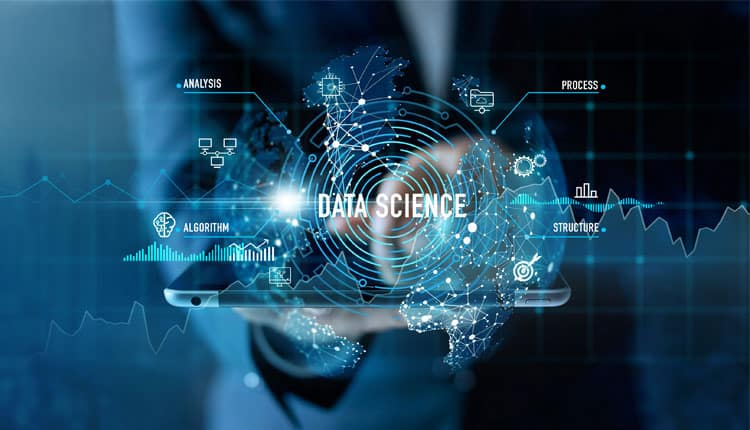Over time, technology has undergone exponential growth, leading to a significant transformation in marketing practices from conventional methods to more innovative approaches. In today’s landscape, companies across various industries rely heavily on digital marketing campaigns and advertisements to drive revenue, enhance brand visibility, and boost conversions.
Although traditional marketing still holds relevance, the ascendancy of digital marketing has attracted a larger pool of businesses. Understanding the distinction between traditional and digital marketing is crucial for individuals aspiring to carve out successful careers in the marketing domain. This understanding enables them to tailor their strategies effectively based on factors such as the product, target audience, budgetary constraints, and other pertinent variables.
We will conduct an in-depth comparison between digital and conventional marketing, examining their definitions, applications, advantages, and limitations. This analysis will empower you to select the most suitable marketing channel for your brand and specific marketing objectives.
What is traditional marketing?
To engage and communicate with target consumers, conventional marketing leverages traditional advertising channels such as newspapers, magazines, billboards, posters, text messaging, television, radio, and more to promote products and services.
As a result, conventional marketing predominantly depends on mass media to reach and sway potential buyers. It is often perceived as a more costly and less efficient marketing approach. Another significant drawback of traditional marketing is its geographical constraints. However, due to its long-standing history, traditional marketing may still be a preferable strategy for brand building.
What is digital marketing?
Enterprises employ digital marketing, a modern marketing tactic, to promote their products and services and drive sales. Digital marketing encompasses the use of digital advertising channels such as search engines, social media platforms, email marketing, video marketing, influencer marketing, affiliate marketing, and more.
Digital marketing stands out for its ability to deliver targeted messages and advertisements tailored to the interests and behaviors of specific target audiences, making it more effective in reaching and engaging these groups. Furthermore, it allows for real-time tracking of effectiveness. Moreover, it represents a cost-effective means of increasing sales.
Differences Between Traditional Marketing and Digital Marketing
Traditional Marketing
- Newspapers, magazines, TV, radio, billboards, etc.
- Broad demographic targeting
- Limited interactivity, one-way communication
- Can be expensive, especially for mass media
- Challenging, limited real-time analytics
Digital Marketing
- Search engines, social media, email, websites, etc.
- Precise targeting based on demographics & behavior
- Interactive experiences, two-way communication
- Offers various cost-effective options
- Detailed analytics, real-time tracking






